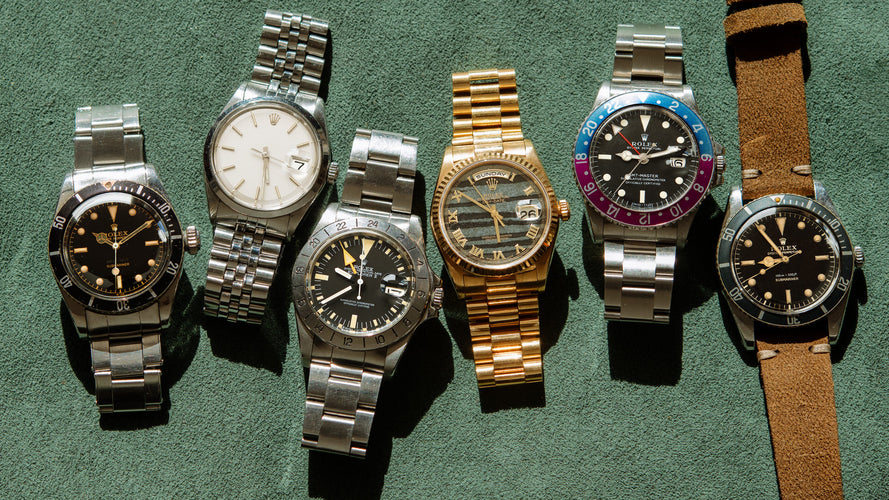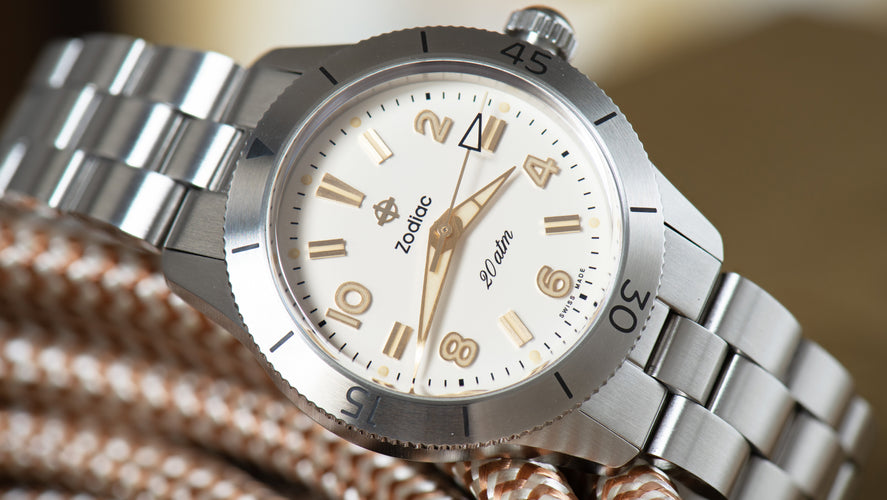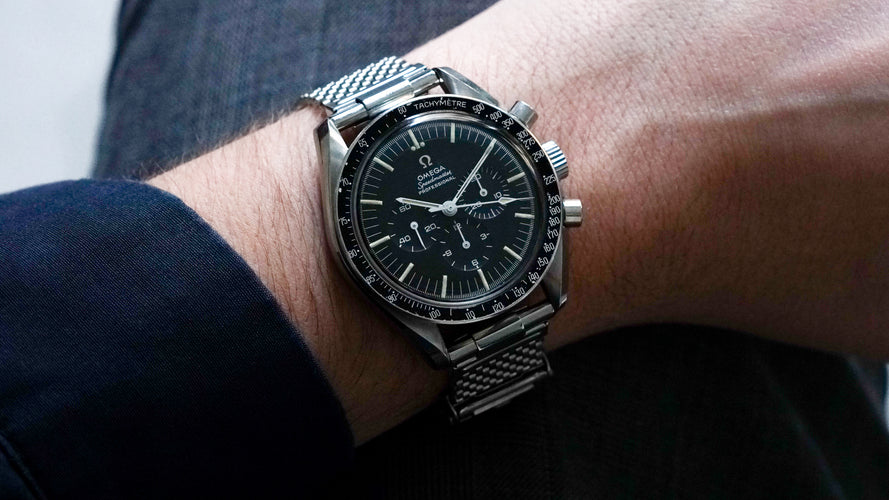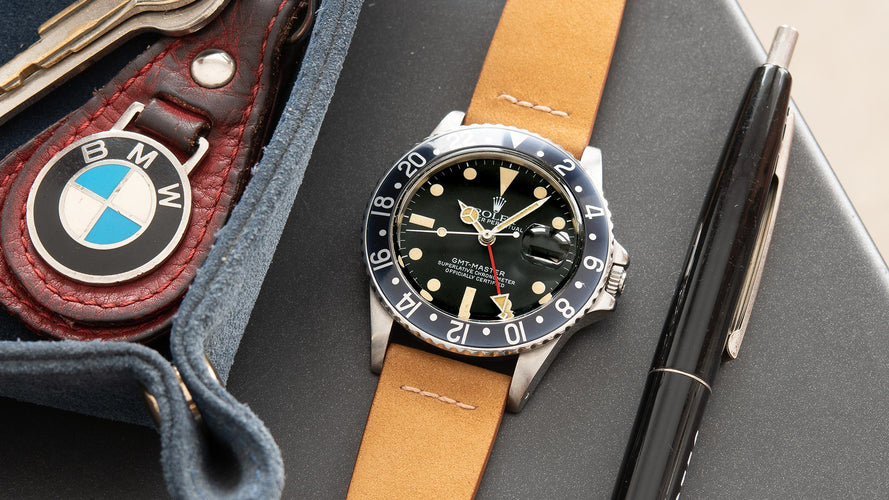Other
1950s Minerva Chronograph (Ref. VD712)
In 1858, Charles Robert and his brother Hyppolyte founded a movement-making company appropriately called H. & C. Robert in the Swiss town of Villaret. 28 years later, they registered the Minerva brand (named after the goddess of farming, craftsmanship and science). Then, a couple decades after that, Minerva released their first chronograph movement, the cal. 19-9. The brand would go on to be known as one of the best chronograph makers in the industry, which is why this ref. VD712 is so cool. As part of that amazing lineage, we know the heartbeat is something to get excited about. But on top of that, you've got the gorgeous, timeless design of this 3-register chronograph. And really, what more do you need?
| Stock # | MNVACHR | |
| Brand | Minerva | |
| Style | Chronograph | |
| Model | VD712 | |
| Serial | 4XXXXX | |
| Size | Men's | |
| Material | Stainless Steel | |
| Dial | White | |
| Millimeters | 36 | |
| Bracelet | Two Piece Leather Strap |
CASE & BRACELET
The exceptional stainless steel case appears to have seen minimal polishing in its past and features long, chiseled, straight lugs with light signs of honest use. It retains its original unsigned crown and pump pushers. The stainless steel case back is clean, retaining all of its factory markings with light signs of use. The watch will be supplied on a 2-piece handmade leather strap.
DIAL & HANDS
The original silver dial, along with its three-tonal chronograph registers, has taken on a lovely warm patina and with minimal signs of age, making for an attractive vintage aesthetic. The original lumed Arabic numeral markers have taken on a creamy yellow patina and show no degradation when inspected under U.V. light. The red decimal scale on the outside of the dial adds a pop of color. The inlaid lume on the hour and minute hands matches the dial, under U.V. light inspection the remaining lume in the minute hands is stable and the hour hand remains fully intact. All of the hands are a matching blued steel.
ACCESSORIES
None. The watch is functioning and keeping time, previous service history is unknown.



